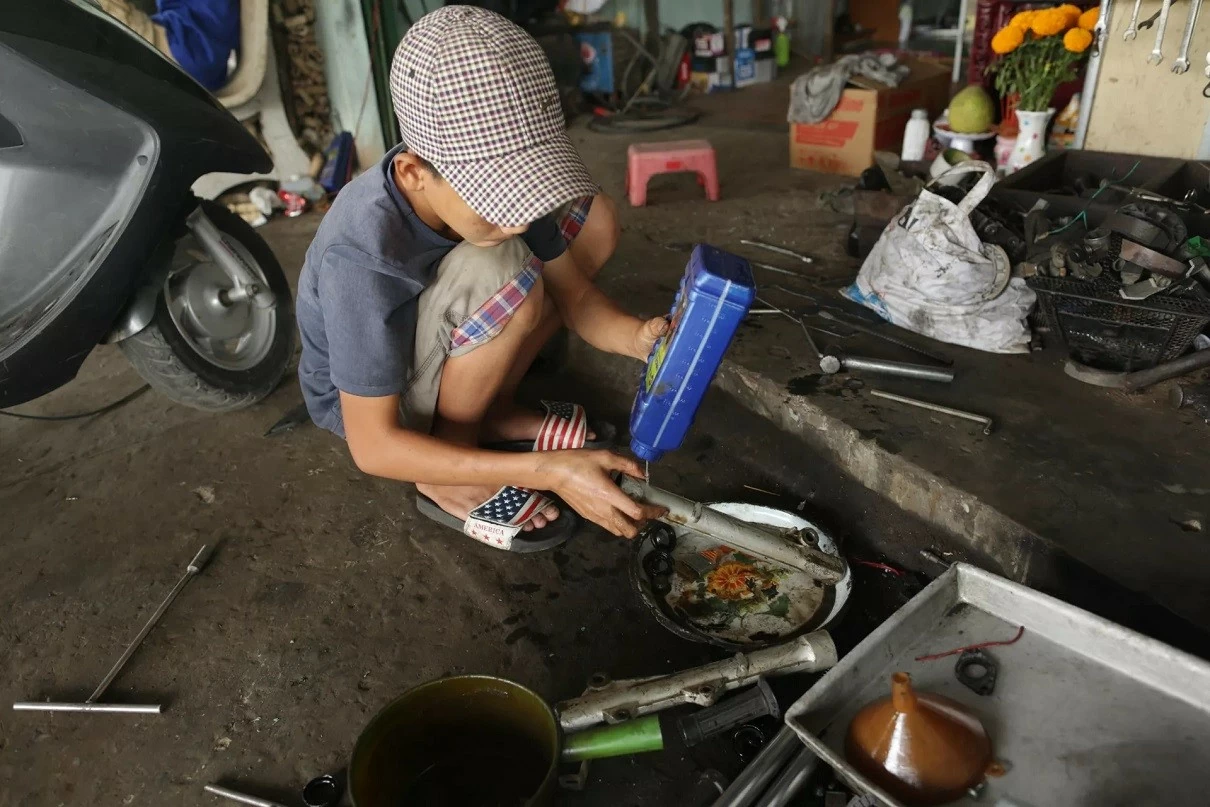 |
| In Vietnam, there are more than 1 million child laborers between the ages of 5-17, accounting for 5.4% of the total number of children in this age group. (Source: UNICEF) |
“Children are like buds on a branch. Knowing how to eat, sleep, and study is good” is a poem filled with Uncle Ho’s love for children, and at the same time, it is also a reminder to constantly care for and look after the young generation of the country. Implementing his ideology, our Party and State always pay attention to and focus on perfecting the legal system and policies on protecting and caring for children.
Perfecting the legal system
Efforts to prevent and reduce child labor in Vietnam are demonstrated first of all in each step of innovation and improvement of the legal system.
The 2013 Constitution stipulates: “Children are protected, cared for and educated by the State, family and society; they are allowed to participate in children’s issues. Harassment, torture, maltreatment, neglect, abuse, exploitation of labor and other acts that violate children’s rights are strictly prohibited.”
The 2016 Law on Children strictly prohibits acts of child exploitation, including forcing children to work in violation of labor laws; specifies children's rights, including "the right to be protected from labor exploitation", and stipulates the responsibilities of agencies, organizations, educational institutions, families, and individuals in implementing children's rights.
The Prime Minister issued Decision No. 841/QD-TTg dated July 14, 2023 on promulgating the roadmap for implementing Vietnam's sustainable development goals by 2030; approving the Program on preventing and reducing illegal child labor for the 2021-2025 period, with a vision to 2030, including the goal: "Timely and effectively implement measures to eliminate forced labor, end human trafficking and modern slavery; prevent and eliminate child labor in all forms".
The Prime Minister also approved the Program on preventing and reducing illegal child labor for the 2021-2025 period, with a vision to 2030, with the goal of reducing the rate of child labor and juvenile labor from 5 to 17 years old to 4.9% and by 2030, striving to reduce the rate of child labor and juvenile labor from 5 to 17 years old to 4.5%; minimizing the rate of child labor and juvenile labor doing heavy, toxic, and dangerous work among child labor and juvenile labor.
 |
| The 2016 Law on Children stipulates that children have the right to be protected from labor exploitation. |
In harmony with international law
The changes and new policies all bear the mark of Vietnam's efforts to harmonize with international law, specifically the International Convention on the Rights of the Child and the Convention on the Minimum Age (Convention 138, 1973); the Convention on the Worst Forms of Child Labor (Convention 182, 1999).
The Law on Children 2016 and Decree No. 56/2017/ND-CP dated May 9, 2017 of the Government detailing a number of articles of the Law on Children stipulate: The right to be protected from labor exploitation; child support intervention plan; emergency intervention; Responsibility to report and denounce cases of violations of children's rights by organizations and individuals.
The 2019 revised Labor Code has provisions related to minors that have been updated, supplemented, and adjusted to be more consistent with international labor standards on child labor, including specific provisions on minimum working age, working hours, working conditions, jobs and workplaces that are permitted and prohibited to employ minors. In addition, the 2019 Labor Code has been expanded to include the informal sector, which is an area with potential risks of child labor.
The Ministry of Labor, War Invalids and Social Affairs (MOLISA) also issued Circular No. 09/2020/TT-BLDTBXH dated November 12, 2020 detailing and guiding the implementation of a number of articles of the Labor Code on child labor, including specific provisions on the employment of people under 13 years old and under 15 years old; specifically the lists of occupations, jobs, and workplaces applicable to child labor.
In addition, Circular No. 21/2004/TTLT-BLDTBXH-BYT between the Ministry of Labor, Invalids and Social Affairs and the Ministry of Health guides and regulates the list of workplaces and jobs that are not allowed to employ workers under 18 years old in business establishments that are vulnerable to exploitation for prostitution.
Regarding sanctions, the 2015 amended Penal Code stipulates that anyone who employs a person under 16 years of age to do heavy or dangerous work or to work with toxic substances as listed by the State shall be subject to a fine, non-custodial reform, or imprisonment. At the same time, Vietnam has also issued decrees on administrative sanctions for violations of the law on the use of minors for labor.
Meanwhile, the Law on Statistics includes indicators related to people aged 5-17 participating in labor in national statistical indicators; the Ministry of Labor, Invalids and Social Affairs also issued Circular 13/2021/TT-BLDTBXH stipulating a set of statistical criteria on the situation of children and child abuse, handling administrative violations against acts of child abuse, including collecting indicators on illegal child labor and measures to support and intervene in children.
Along with legal regulations, to prevent child labor from an early age, Vietnam has issued many sustainable poverty reduction programs, creating livelihoods to improve the quality of life for rural areas, islands, ethnic minority and mountainous areas such as the National Target Program on Sustainable Poverty Reduction for the 2021-2025 period; National Target Program on Socio-Economic Development for Ethnic Minorities and Mountainous Areas... Thereby, children have full access to basic services, increasing opportunities for children to go to school at the right age and level, minimizing the situation of children dropping out of school and working in violation of the law.
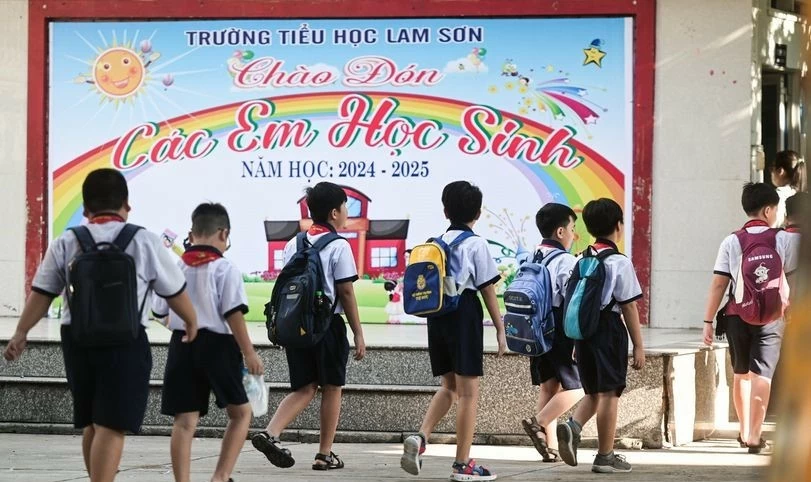 |
| The school attendance rate of working children in 2018 increased by more than 20% compared to 2012. (Source: Vietnamnet) |
Positive changes
Efforts to improve legal policies have brought about positive results in practice. According to Mr. Dang Hoa Nam, Director of the Department of Children, Ministry of Labor, War Invalids and Social Affairs, the results of the 2018 child labor survey conducted by the Ministry of Labor, War Invalids and Social Affairs in coordination with the International Labor Organization (ILO) and the General Statistics Office showed many positive changes in the situation of children participating in labor in Vietnam compared to the results of the 2012 national child labor survey.
The scale and trend of child labor participation have decreased by more than 6%, while the school attendance rate of child laborers in 2018 increased by more than 20% compared to 2012.
Of the total number of children participating in labor, 1,031,944 were identified as child laborers, accounting for 5.4% of the total number of children aged 5-17 (in 2012, this rate was 9.6%) and accounting for 58.8% of children participating in labor.
Among child laborers, 519,805 children were identified as child laborers doing heavy, toxic, and dangerous work, accounting for 2.7% of the total number of children aged 5-17, accounting for 29.6% of economically active children, and accounting for nearly 50.4% of the total number of child laborers.
The rate of child labor from 5-17 years old decreased by more than 4% (9.6% decreased to 5.4%). The 2018 survey results also showed that the rate of child labor in Vietnam is at a low average level compared to the region and the world. (In 2016, the rate of child labor in the world was 9.6% and in the Asia-Pacific region was 7.4%).
These positive results are thanks to the improvement of laws and policies on the prevention and reduction of child labor. However, the remaining child labor figures are also a motivation for the State and ministries, departments and sectors to continue to make efforts to come up with new measures so that children can live a full childhood without having to worry about finances or labor.
Please read Article 2: Joining hands to prevent and reduce child labor
Source: https://baoquocte.vn/bai-1-tu-chinh-sach-den-ket-qua-tich-cuc-giam-thieu-lao-dong-tre-em-289373.html















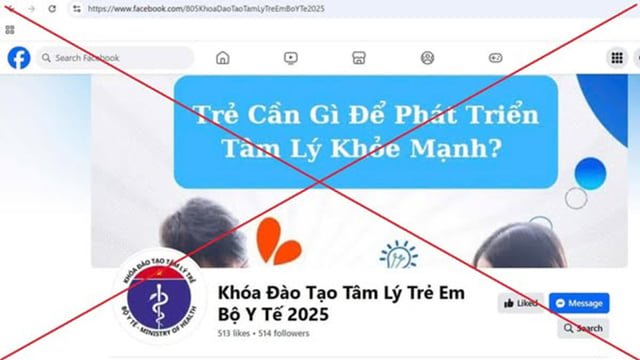


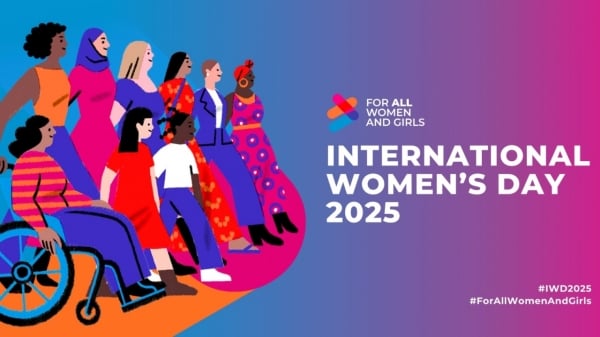
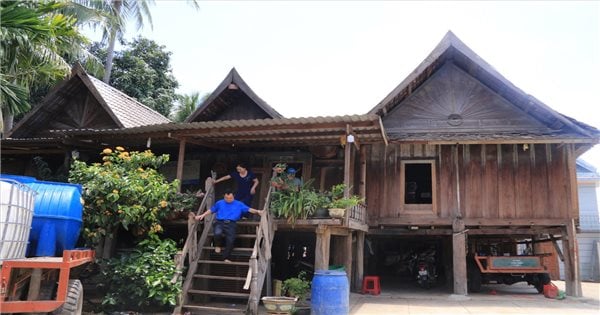


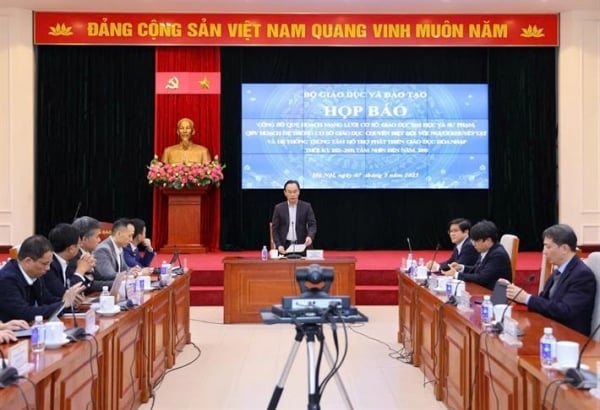


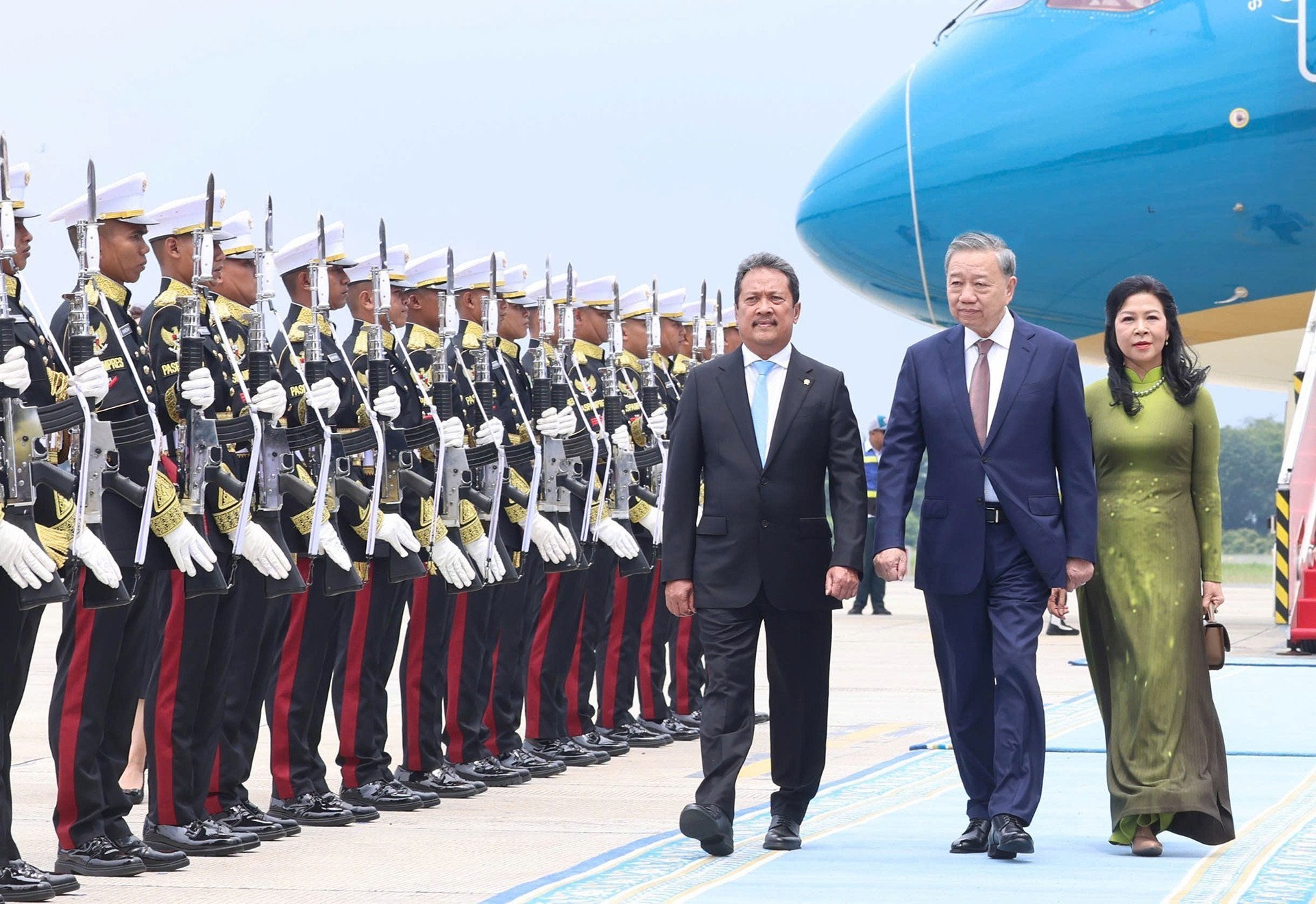














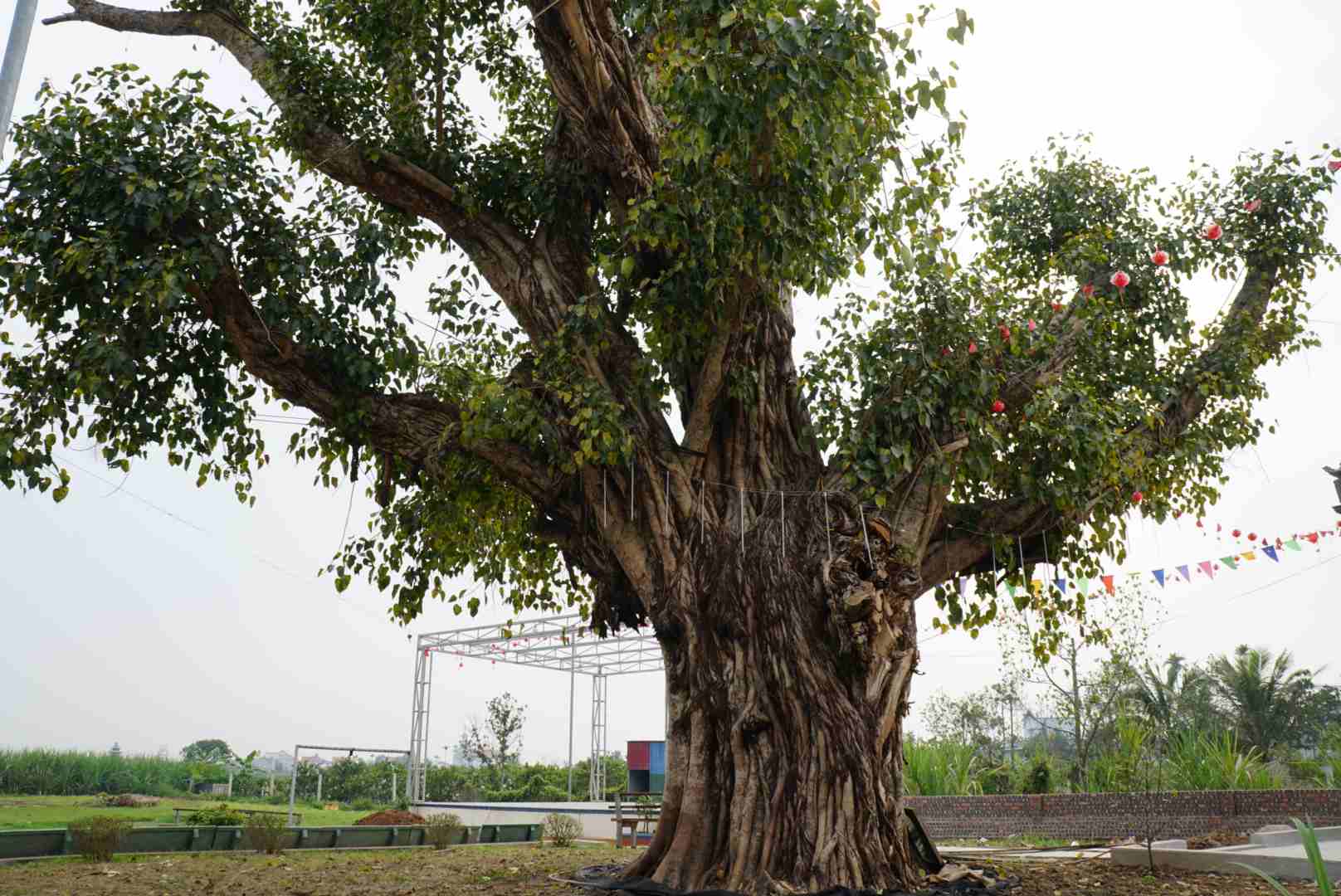










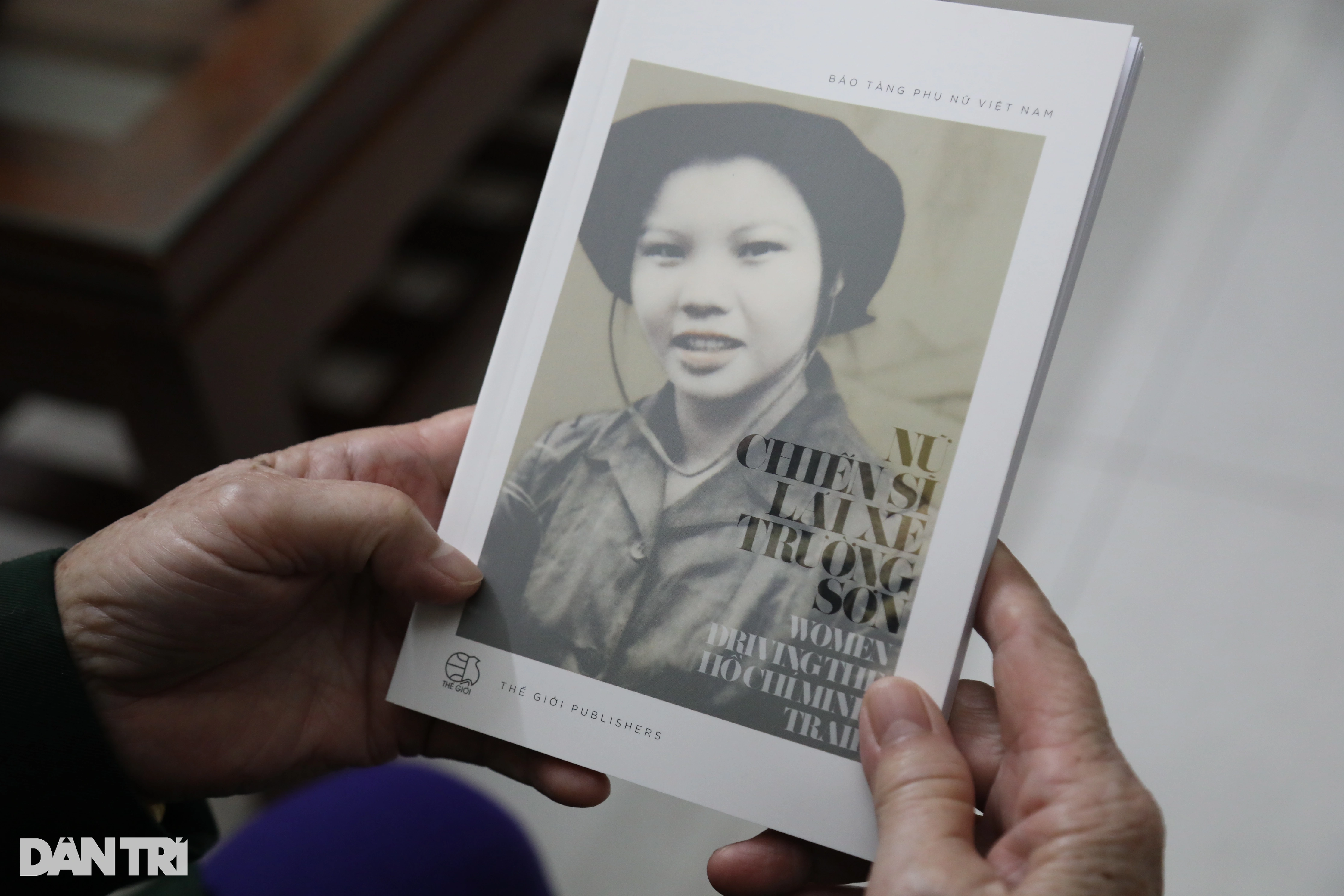













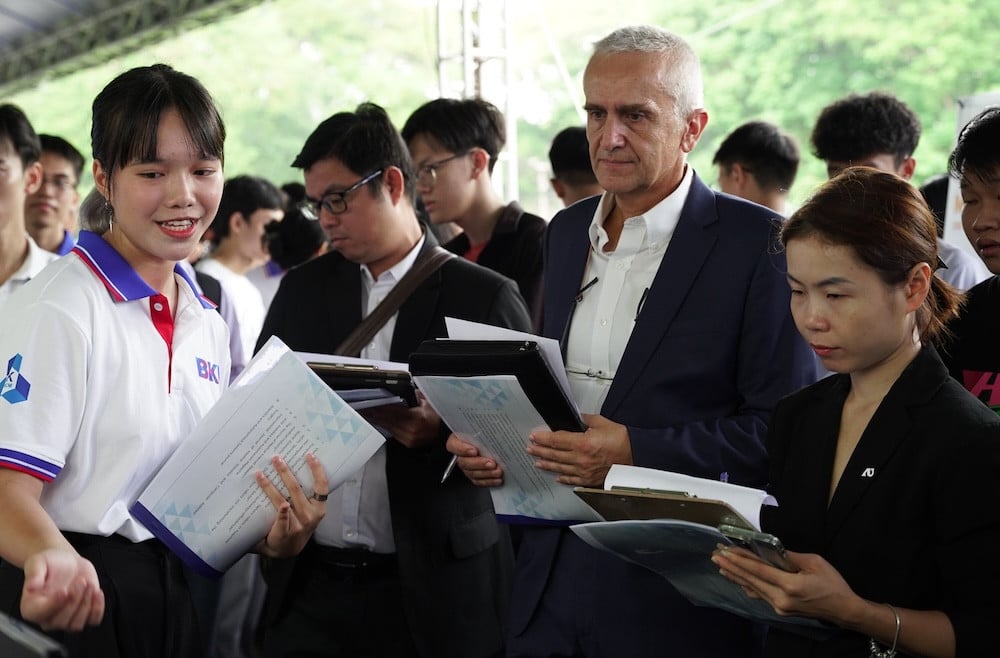


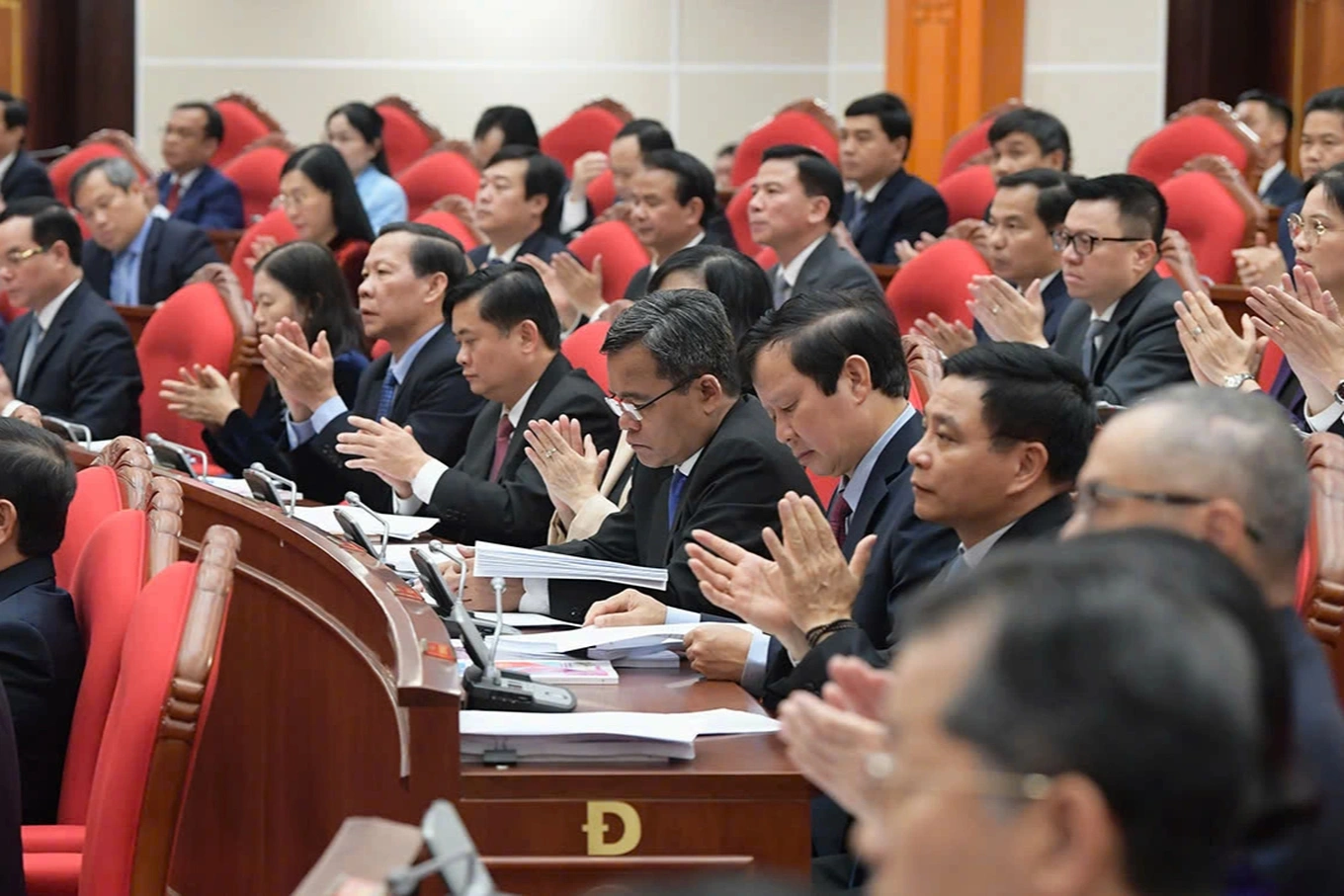
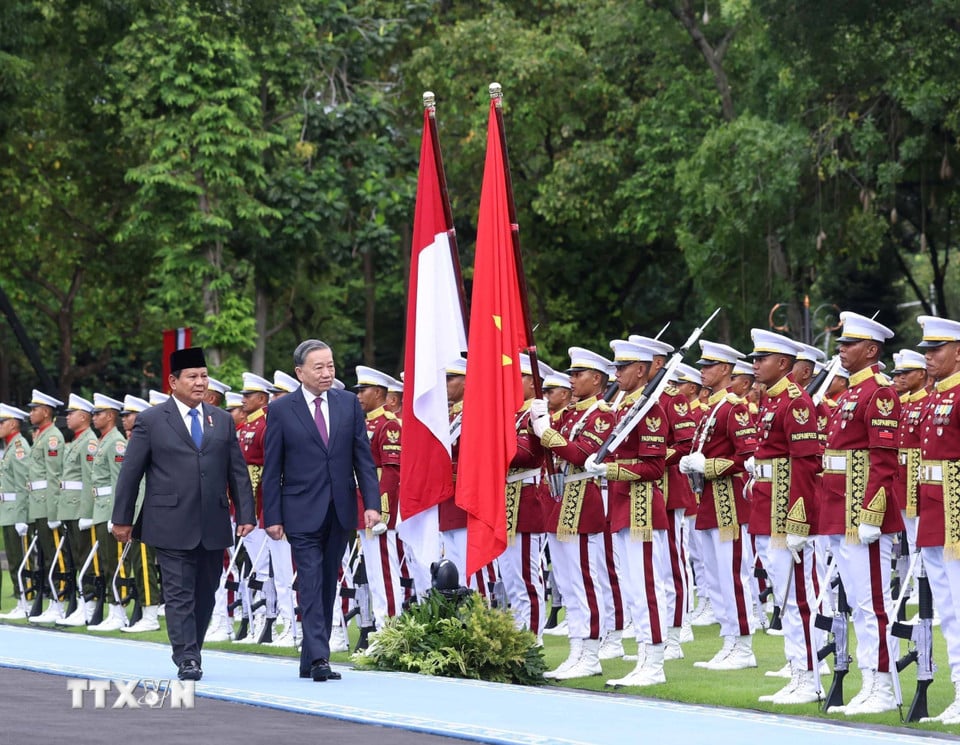
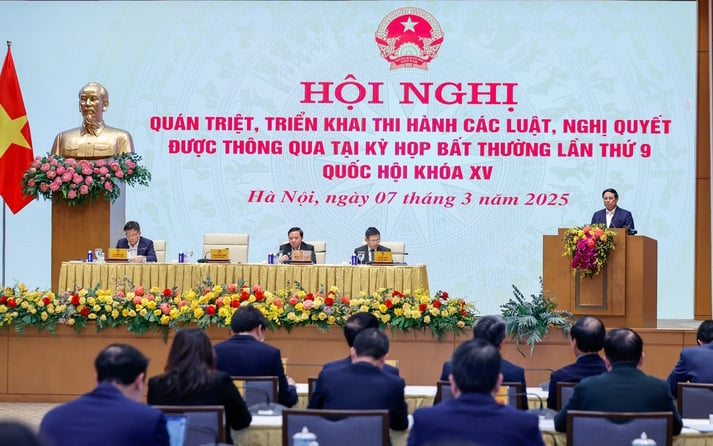


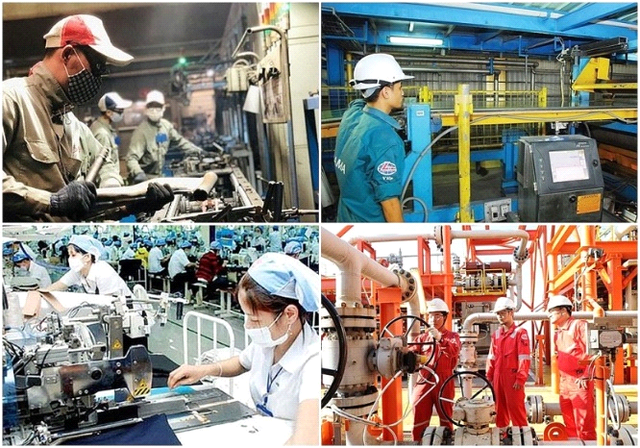




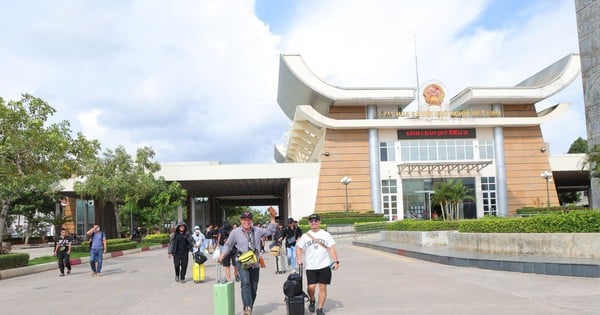






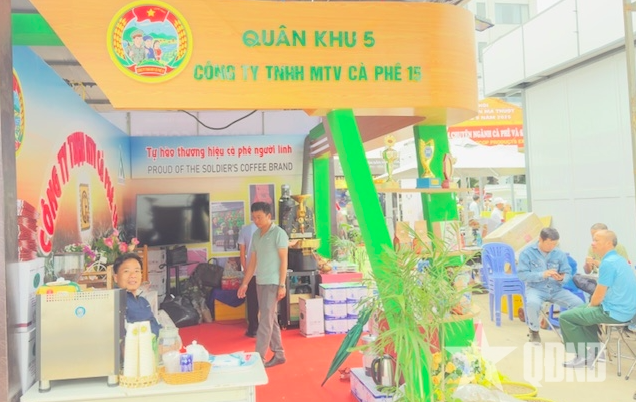


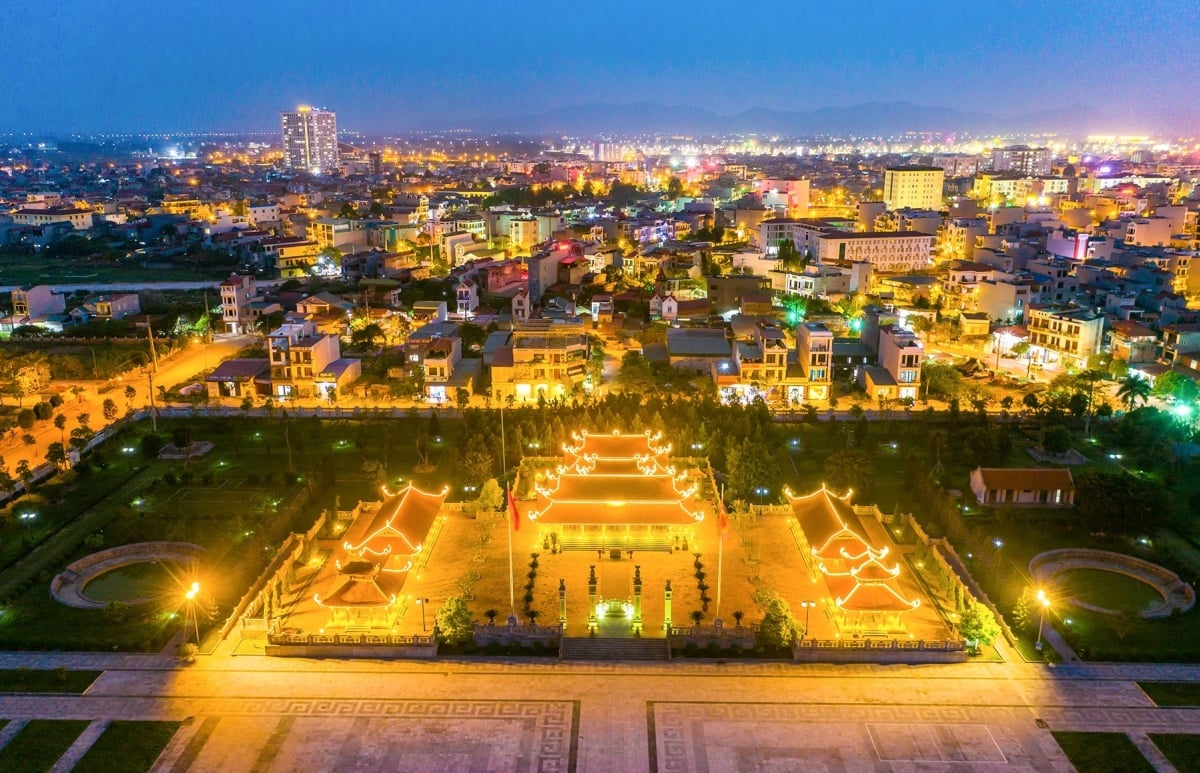

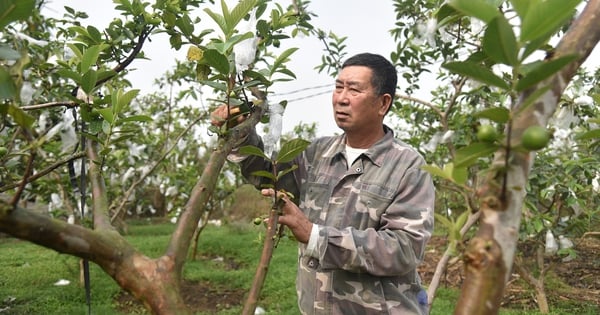

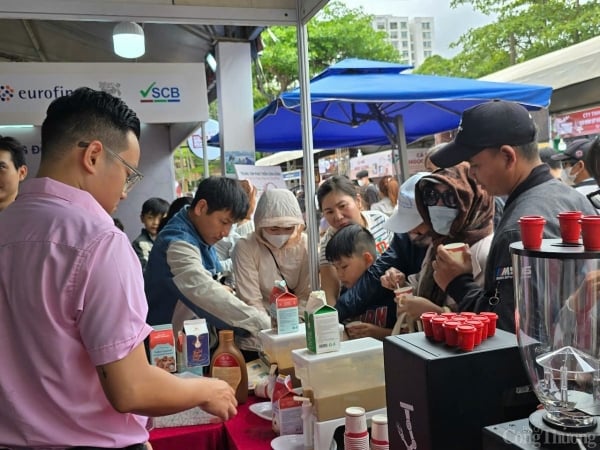

Comment (0)